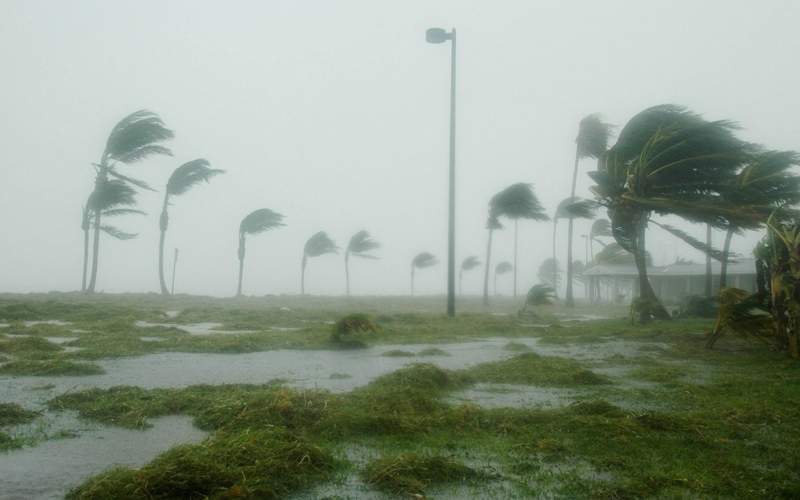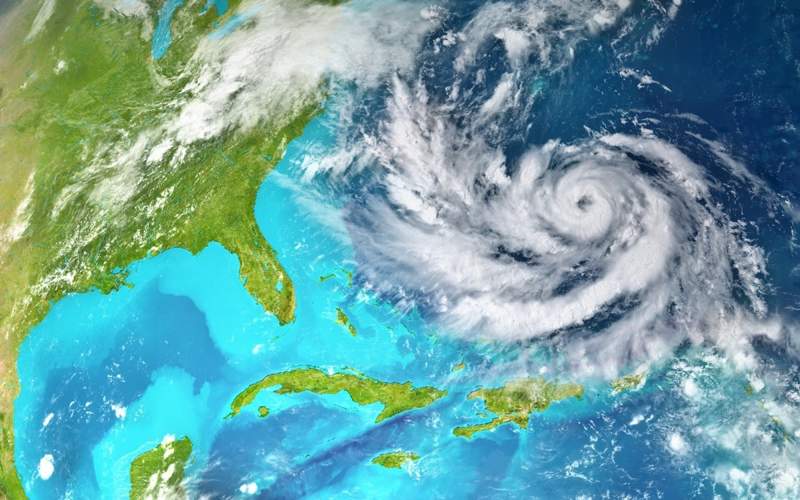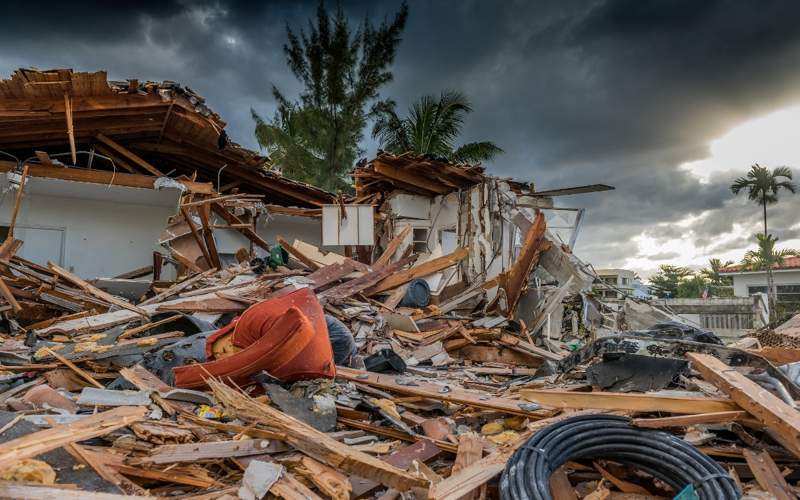2024: A year of climate chaos and global disasters
2024 has been a particularly difficult year for the world in terms of natural disasters. Humanity has witnessed devastating floods, hurricanes, earthquakes, and fires that have affected millions of people, caused enormous damage to economies and infrastructure, and impacted the environment. In this article, a Kazinform News Agency correspondent has prepared an overview of the key natural disasters that occurred in 2024 and how they affected different regions of the world.

One of the largest natural disasters was the flooding in Kazakhstan. This spring, rivers in the regions of Atyrau, Akmola, Kostanay, and others overflowed their banks. The causes of this disaster were associated with melting snow, frozen soil and heavy rains. The floods led to massive destruction of houses and infrastructure across several regions of the country. The government allocated funds for recovery, and 7,393 families received new housing.
In addition to Kazakhstan, the Middle East also experienced catastrophic floods in 2024. In Oman, the United Arab Emirates, Iran and Yemen, heavy rains caused the deaths of 32 people. The heavy rainfall in one day exceeded the annual norm. In the UAE, for example, a record amount of rain fell in 24 hours for 75 years of observations. Torrential rains flooded highways in Dubai, and the metro in this city was inoperative due to flooding. In Oman, heavy fog and mudslides caused by rains also forced the evacuation of local residents. Experts from the World Weather Attribution organization noted that such disasters are the result of climate change.
Significant disasters also occurred in South Asia. Floods in Afghanistan and Pakistan in April 2024 killed more than 1100 people, and tens of thousands were injured. The causes of the floods are rooted in abnormal rainfall that hit the region after an unusually dry winter. Due to the parched soil, water was poorly absorbed, which aggravated the effects of the floods.
One of the most destructive natural disasters of 2024 was Typhoon Yagi. In September of this year, it hit the Philippines, the Chinese province of Hainan and northern Vietnam, becoming one of the strongest in the history of the region. The typhoon caused catastrophic damage to buildings, power systems and communications. Hundreds of people died, and economic losses in these countries are estimated at $16.6 billion.

In the same month, a hurricane that hit Mexico led to record devastations. The hurricane was characterized by an unusual acceleration of strengthening, which is associated with global warming. In a short time, the cyclone worsened the situation in the southern regions of Mexico, causing severe flooding and landslides. Casualties and destruction were the result not only of intense rainfall, but also of the destruction caused by abrupt climate change. The damage from this hurricane amounted to about $2.5 billion. The Mexican authorities were forced to carry out large-scale evacuations and restoration work.
In October 2024, Hurricane Milton hit Florida, which became the second most powerful in the history of the Atlantic Ocean. Winds reached speeds of 79 m/s, and the consequences of the hurricane included destructive tornadoes and floods. The damage amounted to an estimation of $85 billion.

Indonesia, like many other countries in Southeast Asia, has been a victim of natural disasters. In March 2024, severe floods inundated West Sumatra, destroying 16 bridges and ruining roads. The flooding also inundated homes and caused the deaths of 19 people. However, the disasters did not stop there. In December, after heavy rains in Sukabumi, floods inundated almost 200 villages. Thousands of people were forced to flee their homes, and the damage from the elements was again significant. In addition, in November, the Lewotobi Laki Laki volcano in Indonesia erupted, causing another 10 deaths and triggering a series of earthquakes.
This year, South Africa faced unusual snowfalls. Usually, snow falls in the country during the winter, but in 2024 rainfall exceeded the usual norm. The snow led to interruptions in electricity and water supplies, as well as transport problems, creating huge traffic jams. This phenomenon also brought additional difficulties for local authorities, who were not prepared for such a large amount of rainfall. Two people died from hypothermia, which was a tragic result of an unexpected natural disaster.
Bolivia experienced the worst wildfires in its history in 2024. The fires engulfed more than 10 million hectares of land, which was a catastrophic event for the country's ecosystem. The fire threat lasted from May to October and affected thousands of rural and urban areas. Many residents were forced to evacuate, and more than 12,000 families were affected by the fires. The main cause was a combination of heat, drought and strong winds.
Speaking at the American Museum of Natural History in New York for World Environment Day, UN Secretary-General António Guterres summed up the climate situation of 2024 saying, "We are not only in danger – we are the danger.”

He insisted that humanity's actions are directly threatening the planet, stressing the urgency of addressing climate change before it becomes an irreversible catastrophe. "We are playing Russian roulette with our planet. We need an exit ramp off the highway to climate hell. And the truth is we have control of the wheel," he said, highlighting that the power to change the trajectory lies with governments, industries, and individuals.
Guterres emphasized the importance of the 1.5-degree Celsius global warming limit, not just as a target, but as a "physical boundary." He warned that failing to stay within this limit could lead to devastating, irreversible consequences for the planet. The UN Secretary-General further pointed out that to preserve this boundary, global emissions must be reduced by 9% each year, a challenging but necessary goal that will define humanity across the globe.
Earlier it was reported that at the opening of the COP29 Climate Action Summit in Baku, Azerbaijan, UN Secretary-General António Guterres issued a powerful message on the urgency of climate action.
댓글
댓글 쓰기